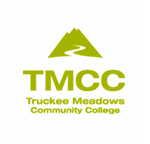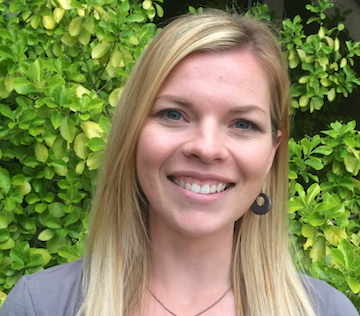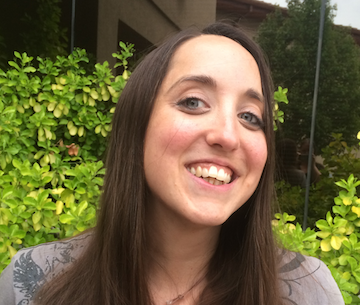Below is a summary of the abstract you submitted. Presenting author(s) is shown in bold.
If any changes need to be made, you can modify the abstract or change the authors.
You can also download a .docx version of this abstract.
If there are any problems, please email Dan at dar78@pitt.edu and he'll take care of them!
This abstract was last modified on April 21, 2015 at 11:51 p.m..

The goal of our research was to capture and isolate novel bacteriophage from Northern Nevada in conjunction with the Howard Hughes Medical Institute Science Education Alliance PHAGES program. Bacteriophages are relevant for their potential as an alternative treatment for pathogenic bacterial infections due to antibiotic resistant bacteria. The source location of this bacteriophage was 39°35’35”N & 119°48’39”W, collected on August 8, 2014 at 11:00 am in moist soil 3 cm below the surface underneath an apple tree. After isolation and purification the phage was given the name Appletree2. Mycobacterium smegmatis mc2155 was used as the host for this project. After soil collection the bacteriophage were purified and plated with M. smegmatis. Bacteriophage was isolated until uniform phage were found resulting in clear plaques 0.8 mm in diameter. A High Titer Lysate (HTL) was prepared from pure culture and DNA was isolated for analysis. The bacteriophage was imaged by transmission electron microscopy at the University of Nevada, Reno showing a head diameter of 75 nm with a tail length of 275 nm. Appletree2 DNA was then sent to North Carolina State Genomic Sciences Laboratory for sequencing using Illumina Sequencing. The sequence was annotated using DNA Master and Phamerator. Appletree2 genome length is 73,808 base pairs, contains 58.9% GC content, features 132 genes, 124 ORFS, and eight tRNAs. It is a Siphoviridae morphotype classified as cluster L, subcluster L1. Utilizing Phamerator Map, Appletree2 was compared to closely related L1 subcluster bacteriophage UPIE, LeBron, and JoeDirt.


